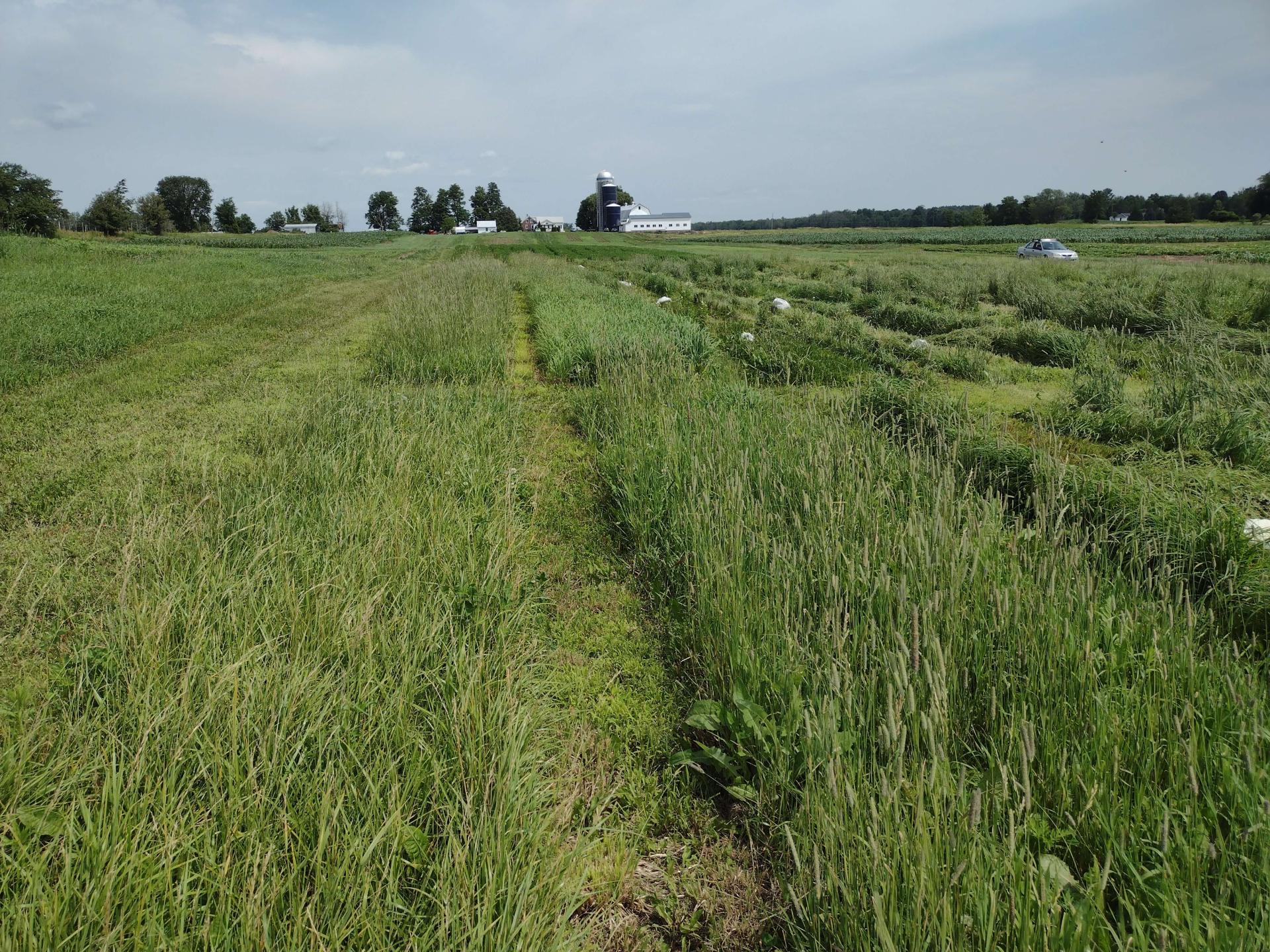Summer Annual Forages Fill Inventory Gaps
Summer annual grasses, such as sudangrass and millet, can be good emergency forage crops if your feed inventory is low or you want to supplement pastures during the hot summer months. These grasses love heat and only need a few months to yield 3 to 5 tons of highly digestible dry matter per acre. There is still time to get some of these heat-loving crops in the ground, but before you do, consider species and variety selection and make sure you’re seeding at an appropriate rate.
What species and variety do I use?
We have been evaluating an array of summer annual forage species and varieties over the last decade to identify those that perform best in our climate. The most common species for grazing or multi-cut forage include sorghum, sudangrass, sorghum x sudangrass hybrids, and pearl millets. Over the years, we’ve generally seen that the sudangrasses yield the most, followed by forage sorghums, sorghum x sudangrass hybrids, and pearl millets. In addition to yield, the species differ in forage quality, with the sorghum x sudangrasses and pearl millets often having higher fiber digestibility than the sorghums and sudangrasses. However, varieties of each of these species can have pretty different characteristics and perform differently from one another. Some of these grasses look like corn, producing thick juicy stalks and long, wide leaves, while others have thinner stems and leaves, making them easier to cut and dry for stored forage. Check out our 2024 variety trial results here to get the latest trial information.
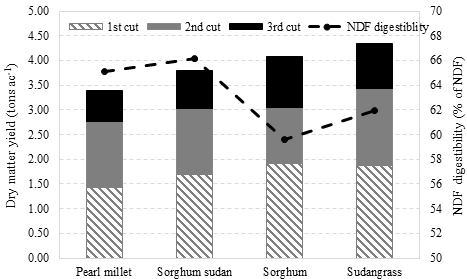
What seeding rate do I use?
In the northeast, most farmers use a multi-cut or multi-graze system for harvesting summer annuals. If seeding in early to mid-June, you can typically get two to three harvests from these crops. Seeding rates aligned with a multi-harvest system should be implemented to achieve the best yield and quality.
In addition, seed size and, therefore, seeds per pound can be highly variable between species and varieties. Hence, summer annual seeding rates should be based on plants per acre rather than just pounds of seed per acre. For a multi-cut system, King’s Agriseed recommends seeding for a target of 600,000-650,000 plants per acre for sorghum sudangrass and 650,000 to 700,000 plants per acre for sudangrass. Based on the seeds per pound, Table 1 shows the seeding rates in pounds per acre that would be needed to attain the target population.
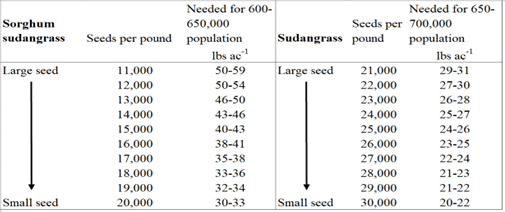
You can see that this ranges from 20-60 pounds! Image 1 shows two varieties of sudangrass that demonstrate the large differences in size that can occur between varieties of the same species. In this case, the variety on the left had 17,650 seeds per pound while the variety on the right had 28,892 seeds per pound. This means that more seed would be needed of the variety on the left to attain the same population as the variety on the right. If they were both seeded at 40 pounds per acre instead, the variety on the left would be planted at 706,000 seeds per acre, while the variety on the right would be planted at 1,155,680 plants per acre!
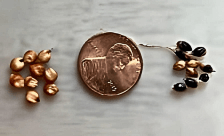
Making these adjustments can save you money by making sure you aren’t overplanting costly seed, and that you aren’t shorting your stand, which could result in decreased yields or increased weed pressure. In a trial conducted in 2023, we found no difference in yield or quality when seeding rates of sudangrass and sorghum x sudangrass were increased beyond 450,000 plants ac-1, even up to 800,000 plants ac-1.
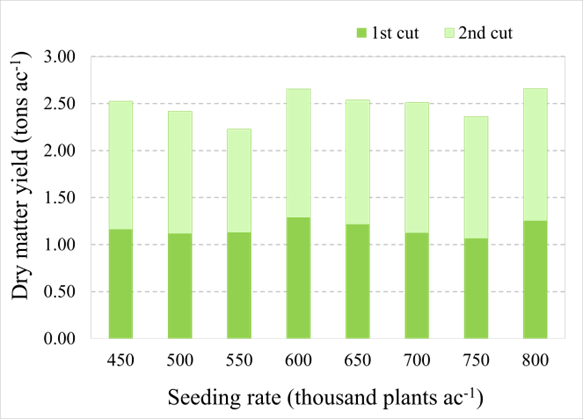
This also held true regardless of whether the varieties were BMR or not. This means that seeding around 20-35 lbs. ac-1, depending on the seed size of the variety, produced ample yield and quality. However, these results may have been different if the conditions were hotter and drier, or may vary with other summer annual species or varieties. Find the full report here for more details.
For more information on summer annuals please visit the UVM Extension Northwest Crops and Soils Program’s website for our Research Results webpage, Livestock Forages webpage, the Guide to Using Annual Forages in the Northeast, and more!
